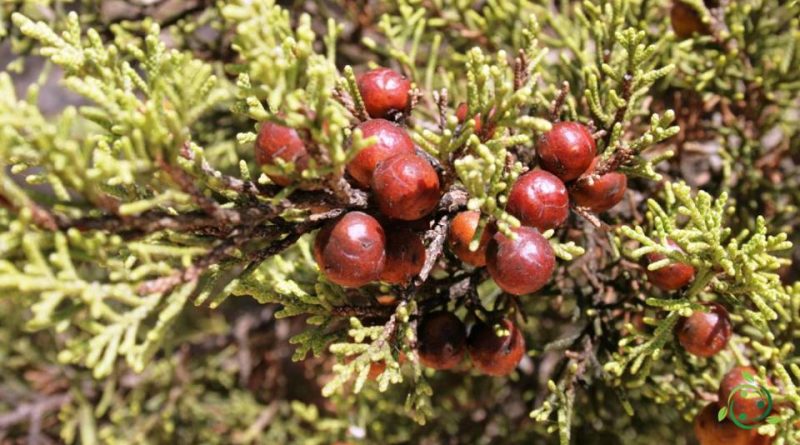Reproduction of the Phoenician Juniper
Reproduction of the Phoenician Juniper
The Phoenician juniper (Juniperus phoenicea L., 1753) is a shrub species of the Cupressaceae family, a constituent element of the Mediterranean scrub.
Suitable breeding habitat –
The Phoenician Juniper is a plant native to the Mediterranean coasts and this species is widespread in eastern Spain, including Andorra, in southern France and in a small part of north-western Italy.
Its habitat is that of arid hills with limestone substratum, near the coasts, where it grows on rocky or sandy areas, rarely forming pure formations; generally it grows with other species of the Mediterranean scrub, from the plain up to 1300 meters on the coastal hills.
Propagation –
The Phoenician Juniper is a very long-lived and slow-growing plant, but not very cold-resistant, able to tolerate short-term temperatures down to about -5 ° C when dormant.
It can also grow in the hinterland of Mediterranean areas and is able to vegetate with minimum rainfall of only 200 mm per year.
For its cultivation it requires an open, sunny position and a well-drained soil, with a preference for calcareous substrates.
The plants are generally monoecious, even if there are dioecious forms which may be locally predominant; In this case, both male and female forms should be grown if seeds are to be produced.
Propagation occurs by seed which requires a period of cold stratification. The seed has a hard integument and can be very slow to germinate, requiring a cold period followed by a warm period and then another cold period, each lasting 2-3 months.
It is recommended to soak the seed for 3 – 6 seconds in boiling water to speed up the germination process. The seed should be sown, if possible, as soon as it is ripe in an unheated seedbed. Some seeds may sprout the following spring, although most will take another year. Another possibility is to collect the “green” seed (when the embryo is fully formed but before the integument has hardened).
Young seedlings should be potted in single pots when they are large enough to be handled. The transplant should be done in early summer.
Finally, remember that if the seed is stored dry it can remain viable for several years.
This plant can also be propagated through mature wood cuttings, 5 – 10 cm with heel, to be prepared in the period of September – early autumn in an unheated greenhouse. The transplantation of the rooted cuttings must be carried out in the following autumn.
Ecology –
Juniperus phoenicea is a plant that in its natural habitat has a generational life of 25 years and is considered a stable species in the 2016 IUCN Red List of Threatened Species.
Its habitat in coastal areas is more threatened by human presence, both sedentary and itinerant. This is because non-naturally occurring plants such as pine, black locust, French tamarisk, false desert indigo, American agave, tree of paradise and some South African succulents have been planted in these habitats. The purpose of this is usually to stabilize the dunes, but these outdoor plants interfere with the natural vegetation. Furthermore, Juniperus phoenicea is easily threatened by fires, because it is quite flammable and does not regenerate well. This makes it necessary to plant new specimens after a fire has damaged others.

